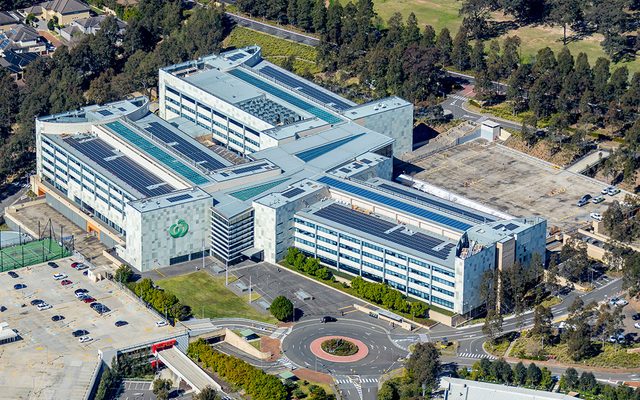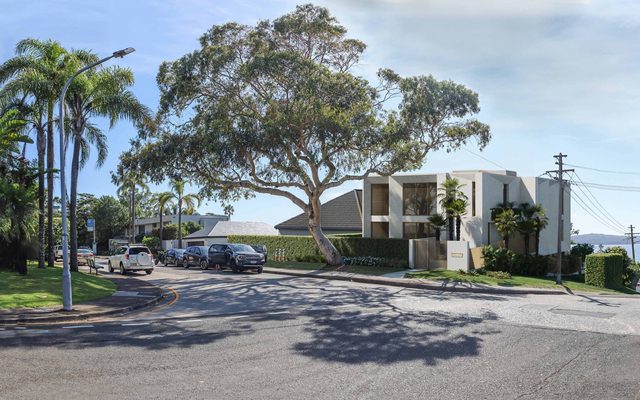This article is from the Australian Property Journal archive
THE value of Victorian residential properties has increased by more than 20% over the past two years, according to the Municipal Group of Valuers.
The latest biennial revaluation by the MGV, a discussion group of the Australian Property Institute, recorded a 22.4% increase in residential property values from $1.159 trillion to $1.419 trillion since 2014.
Victorian valuer general Robert Marsh said this is the highest increase since Victoria adopted the valuation best practice in 2000.
The capital growth is three times the previous 2012-2014 revaluation gain of 7%, from $1.083 trillion to $1.159 trillion.
The MGV also revealed that the value of commercial properties comprising office and retail, increased by 15.8% from $165 billion to $191 billion, compared to 11.5% growth from $148 billion to $165 billion in 2014.
Industrial property values rose by 22.5% from $71 billion to $87 billion compared to 14.5% growth from $62 billion to $71 billion in 2014.
Victoria’s median house price currently stands at $650,000 compared to $560,000 since the last survey two years ago.
Marsh attributed Victoria’s strong house price growth to the low interest rates environment.
He said there was a strong correlation with rate cuts and house prices.
In the first quarter of 2015, the Reserve Bank cut rates to 2.25%, this saw house prices increased from $550,000 to $590,000 during the quarter.
The RBA subsequently cut rates again in May and house prices increased from $590,000 in the Q2 to $610,000 in Q3 and increased further to $640,000 in the Q4.
Marsh said in the latest survey, all municipalities across Melbourne metro experienced house price growth, whereas the previous survey saw some municipalities report a decline.
Over the decade, Melbourne metropolitan median house prices have increased from $320,000 to $600,000 and regional residential property from $210,000 to $308,000.
The top performer over the decade was the Monash municipality which recorded growth in excess of 180%.
In rural property, Melton was the strongest performer with prices rising between 15% and 20% due to speculative investors, hoping to cash in on future rezoning changes.
Marsh said the increase at Melton far exceeds the growth experienced by properties used for farming.
In south-west Victoria, rural property values in Glenelg, Moyne, Corangamite and Southern Grampians declined.
Marsh said this is due to the collapse on the forestry investment syndicates and the cost to remediate these properties for grazing.
Marsh said in some instances, the cost of remediation exceeds the value of the property.
Overall the rural property market has enjoyed solid growth. Rural property values also experienced a significant increase, skyrocketing by 15.3% from $98 billion to $113 billion compared a 1% growth to $98 billion, two years ago.
However if the uncertainty surrounding Devondale Murray Goulburn is not resolved, this could affect rural property values, particularly dairy farms.
Australian Property Journal




